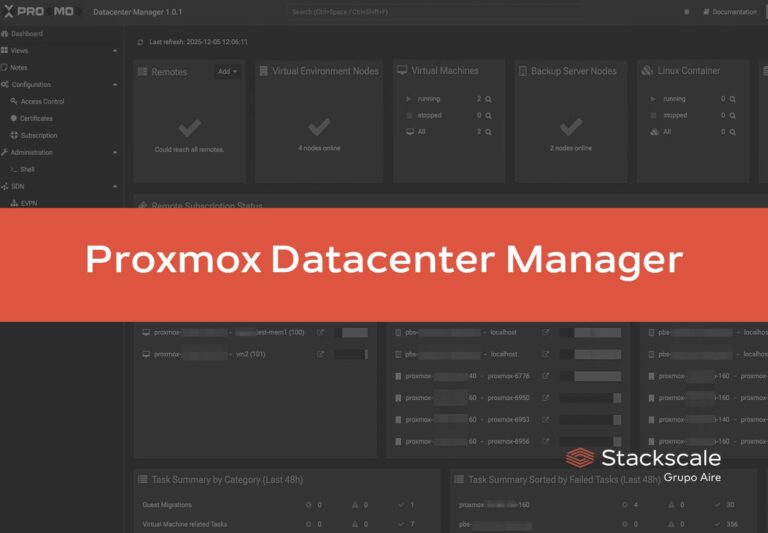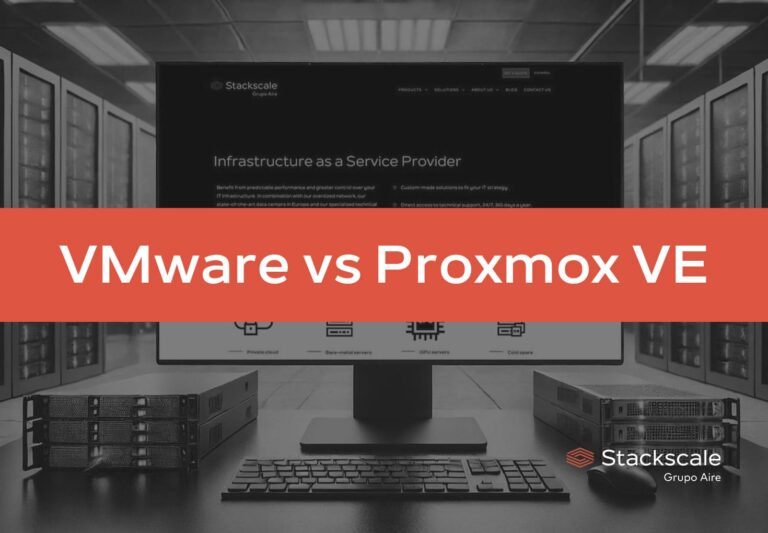The NIS2 Directive (Network and Information Systems Directive 2) represents a crucial step in the evolution of cybersecurity in the European Union. Introduced to enhance and expand the protection provided by the 2016 NIS Directive, NIS2 addresses the increasing sophistication of cyber threats and the need for more robust and comprehensive defense.
Key Changes in NIS2
The NIS2 Directive introduces several significant improvements:
- Expanded Scope: The new directive covers a broader range of sectors and entities, including digital service providers, critical infrastructures, public services, and the private sector performing essential functions for society and the economy.
- Stricter Requirements: More detailed and rigorous cybersecurity and risk management requirements are imposed. Companies must implement appropriate technical and organizational measures to prevent, detect, and respond to cyber incidents.
- Incident Reporting: Incident reporting obligations have been strengthened, requiring entities to report significant incidents to the competent authorities within tighter deadlines and with more detail.
- Harsher Penalties: NIS2 introduces more severe penalties for non-compliance, including substantial fines, forcing companies to take compliance seriously to avoid severe penalties.
Measures Required by NIS2
To comply with the NIS2 Directive, entities must address aspects such as:
- Risk analysis and security policies.
- Comprehensive incident management.
- Crisis and business continuity planning.
- Supply chain security.
- Vulnerability management and disclosure.
- Use of cryptography and encryption.
Affected Sectors and Entities
NIS2 applies to a wide range of public and private entities that perform essential functions or manage critical infrastructures. This includes operators of essential services such as energy, transport, health, potable water, and digital infrastructures, as well as digital service providers and medium to large companies in key sectors like finance, banking, and telecommunications.
Effective Date
The NIS2 Directive must be transposed into national legislation by October 17, 2024. Companies should begin preparing to meet these new requirements to ensure the security and resilience of their operations.
Preparations with Stackscale
At Stackscale, we are ready to help companies navigate the requirements of the NIS2 Directive. We offer technological solutions designed to ensure your company complies with the new regulations. Don’t put off until tomorrow what you can do today: protect your company’s future with our data protection solutions.




